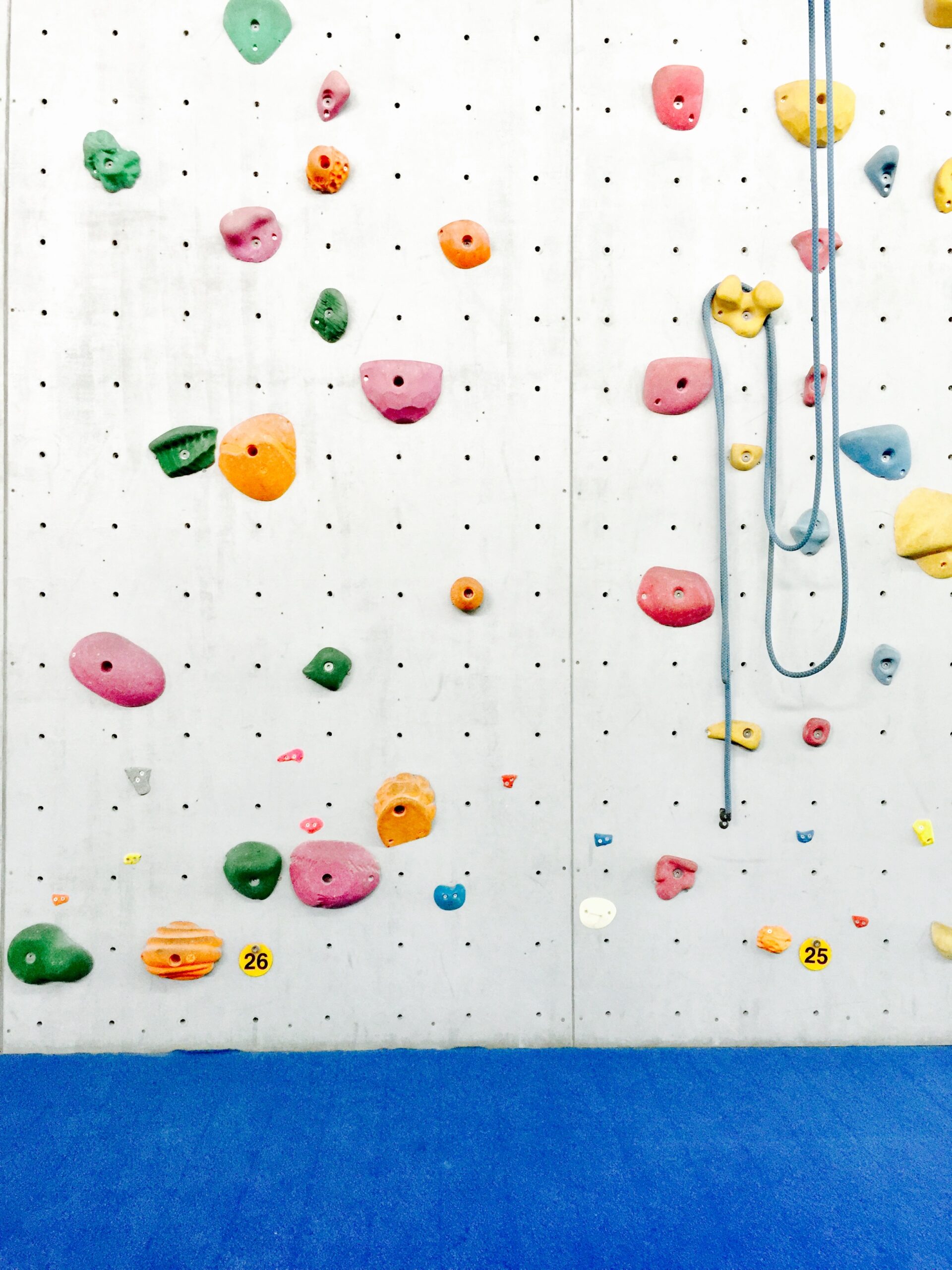Earlier in January, my friend invited me to go with her to go indoor rock climbing. Being afraid of heights and also intrigued by it, I accepted. I enjoy scrambling up the climbing parts of trails, so.
My friend arranged our session, which includes instruction and supervision. The instructor went over the safety precautions and explained what we would be doing. We started with the basic wall and it was terrifying and exhilarating to reach the top. It took a few tries. Even though I was securely harnessed and the instructor was the belayer down below, mentally it was just too high. And when I did get to the top, wow.
Despite her own fear of height, my friend was quite a natural and tried various walls. While resting our shaking limbs, we sat to watch the regulars bouldering. This is done without the use of harness and ropes and on natural or artificial boulders usually lower than twenty feet high. There were overhangs where the climbers used their upper body strength to hold on through their sequence.
While updating this article, rock climbing and bouldering in Singapore is a totally different scene. Gyms and clubs are now in the Central Business District, inside malls, and with augmented reality. Many have also closed. I also noted how much the prices have dropped.
We’ve been rock climbing since ancient times to collect eggs, for exploration, and to survive. Prehistoric cave paintings in France suggest having used ropes for such activities.
Modern rock climbing was birthed in the 19th century, with artificial climbing walls being developed in the 1960s. Competition climbing with Bouldering, Lead Climbing, and Speed climbing made its debut at the Tokyo 2020 Summer Olympics (held in 2021) and returns for the 2024 Olympics in Paris.






